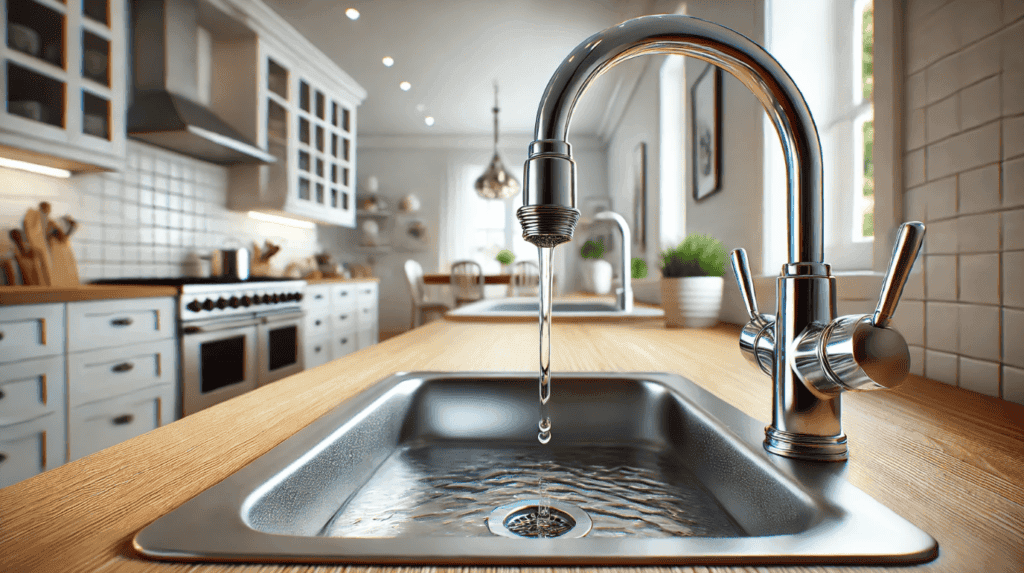
Experiencing low water pressure in a home can be a significant concern for potential buyers. Not only does it affect daily activities like showering and washing dishes, but it can also indicate underlying issues within the property’s plumbing system.
As a home inspector, it’s essential to identify the causes to ensure the home’s integrity and functionality.
Understanding Water Pressure
Water pressure refers to the force exerted by water as it moves through pipes and fixtures, typically measured in pounds per square inch (PSI). The standard water pressure for most homes ranges between 40 and 80 PSI. Pressures below this range can lead to inadequate water flow, while pressures above can strain the plumbing system.
Common Causes
- Closed or Partially Closed Valves: The main shutoff valve and the water meter valve control water flow into the home. If either is not fully open, it can restrict water pressure throughout the house. thespruce.com
- Clogged Pipes: Over time, mineral deposits, rust, and debris can accumulate inside pipes, narrowing the passage and reducing water flow. Homes with hard water are particularly susceptible to this issue. thespruce.com
- Corroded Plumbing: Older homes with galvanized steel pipes may experience corrosion, leading to reduced water flow and potential leaks. Replacing these pipes with modern materials can resolve the issue. homexplumbing.com
- Faulty Pressure Regulator: Not all homes have a pressure regulator, but for those that do, a malfunctioning regulator can cause pressure to be too high or too low. Testing and replacing a faulty regulator can restore proper pressure levels. thespruce.com
- Leaks in the Plumbing System: Undetected leaks can divert water away from fixtures, leading to decreased pressure. Signs of leaks include damp spots, mold growth, or unexplained increases in water bills. thespruce.com
- Municipal Water Supply Issues: Sometimes, the problem isn’t within the home but with the city’s water supply. Maintenance work, broken water mains, or changes in municipal regulations can affect water pressure. Checking with neighbors or contacting the local water department can provide insights. happyhiller.com
- Shared Pipelines: In some neighborhoods, multiple homes share a single water supply line. High water usage by neighbors can temporarily reduce your home’s water pressure. This situation often requires infrastructure changes to resolve. homexplumbing.com
Assessing Water Pressure During a Home Inspection
During a home inspection, evaluating the water pressure is crucial. This assessment provides insight into the plumbing system’s health and can reveal potential issues that might not be immediately visible. By identifying the root causes, buyers can make informed decisions and address problems proactively.
The Bottom line
Low water pressure can be more than just an inconvenience; it often signals underlying issues within a home’s plumbing system. By understanding the common causes and conducting thorough inspections, homebuyers can ensure they are making informed decisions and maintaining the integrity of their investment.
Ready to Schedule Your Edmonton Home Inspection?
Call Us or Book Online—we’re here to help you make a confident, informed decision.
Click here to learn more about home inspection issues in Edmonton, St. Albert, Spruce Grove, Leduc, Sherwood Park, Fort Saskatchewan and surrounding areas. If you’re buying, selling, or renovating, we’ll give you the clarity you need to protect your investment.

